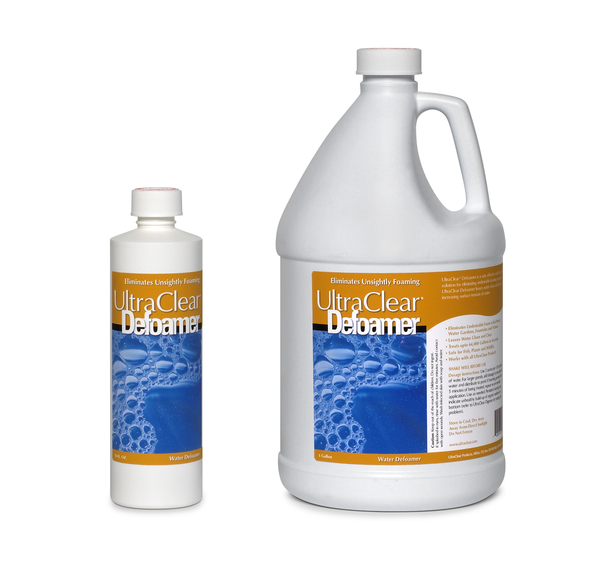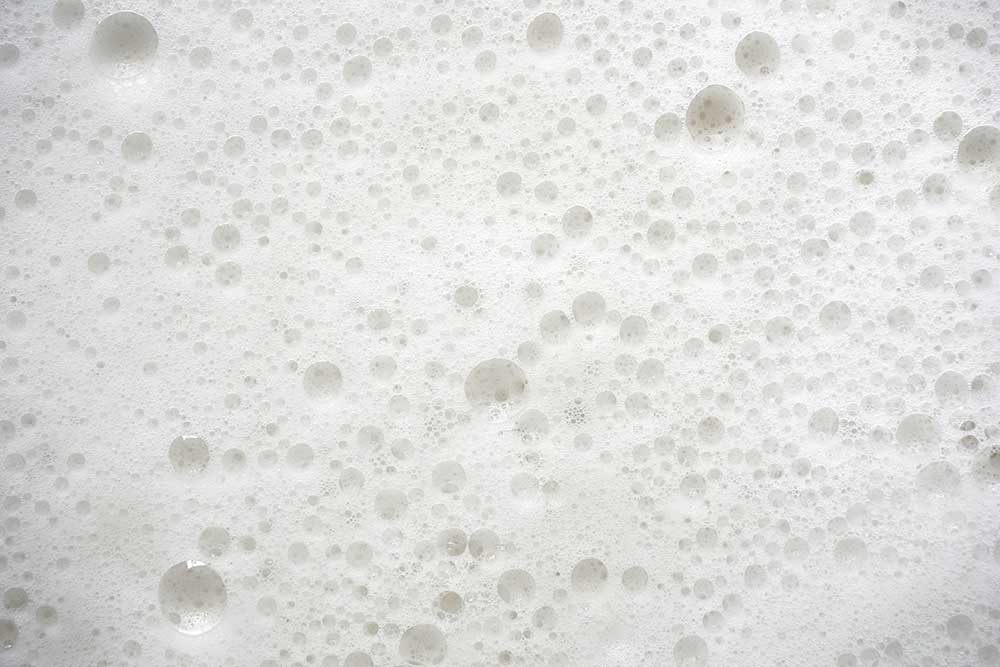Discover the Environmental Impact of Defoamers in Industrial Applications
The Duty of Defoamers in Enhancing Product High Quality and Performance
Defoamers serve as crucial additives that minimize this issue, making sure smoother production process while boosting the useful and aesthetic features of the final products. The option of the appropriate defoamer can be essential to accomplishing optimum outcomes, elevating crucial concerns concerning formulation compatibility and efficiency metrics that warrant further expedition.
Understanding Defoamers
Understanding the function of defoamers is important for keeping product high quality across numerous markets. Defoamers are chemical additives created to protect against the formation and lower of foam in liquid systems, which can adversely influence procedures such as blending, filling up, and surface tension. Lathering can cause inefficiencies, product problems, and jeopardized aesthetic allure, making defoamers a critical part in manufacturing operations.
In commercial applications, defoamers assist to boost product consistency and security. The efficient usage of defoamers not just makes certain smoother manufacturing procedures but additionally adds to remarkable product performance.
Moreover, the choice and formulation of a defoamer need to line up with specific application needs, such as compatibility with other active ingredients, effectiveness under differing temperature and pH conditions, and potential regulatory restraints. Eventually, comprehending defoamers' functions and their relevance in various solutions is important for optimizing manufacturing and ensuring the best quality final product.
Sorts Of Defoamers
Defoamers can be classified into several kinds based upon their composition and device of action. The primary types consist of silicone-based, non-silicone organic, and inorganic defoamers.
Silicone-based defoamers are amongst the most effective, primarily because of their ability to spread quickly on the liquid surface and interfere with foam development. Their unique chemical framework permits for premium stability, making them ideal for high-temperature applications and environments with varying pH levels.
Non-silicone organic defoamers, often composed of fatty acids or natural oils, are valued for their biodegradability and lower poisoning. These are usually made use of in food and beverage applications where safety and ecological influence are extremely important.
Inorganic defoamers, that include substances like talc or calcium carbonate, act by increasing the thickness of the liquid, thereby minimizing foam stability. They are frequently used in commercial processes where compatibility with various other materials is not a concern.
Each kind of defoamer has distinctive benefits and restrictions, enabling tailored services depending upon the particular foaming problems experienced in different applications. Understanding these distinctions is important for optimizing performance and attaining desired product quality.
Applications Throughout Industries
Many markets take advantage of defoamers to enhance product quality and operational performance. In the food and drink sector, defoamers are important in processes such as brewing and dairy products production to avoid foam development, which can lead to inadequacies and product incongruity. By regulating foam, manufacturers can make certain much better yield and a much more uniform product.
In the pharmaceutical market, defoamers play a vital function in the solution of liquid medicines, where excessive foam can hinder mixing and accurate application. Their use helps preserve the integrity of the formulas and helps with smoother production processes.
The paint and finishes market also relies upon defoamers to improve the efficiency of products throughout application. By decreasing foam, these additives make sure a smoother coating and enhance the visual qualities of the last item.

Benefits of Using Defoamers
While the application of defoamers differs across markets, their benefits consistently improve item high quality and process effectiveness. One significant benefit is the decrease of foam development during manufacturing procedures, which can or else result in production delays and disparities in item quality. By minimizing foam, defoamers make it possible for a smoother circulation of materials, facilitating more reliable procedures and reducing the possibility of devices breakdowns.
Additionally, using defoamers can enhance the appearance and appearance of final products. In markets such as coverings, paints, and food processing, too much foam can compromise the visual aesthetic appeals and overall quality, while the ideal defoamer application ensures a consistent coating and navigate here desirable features. In addition, defoamers can add to cost financial savings by reducing waste throughout production and optimizing helpful hints using resources (defoamers).

Choosing the Right Defoamer
Selecting the best defoamer is important for maximizing manufacturing procedures and guaranteeing item top quality. The choice of defoamer affects not only the performance of foam control yet additionally the total performance qualities of the end product. Elements to consider include the kind of application, the chemistry of the formula, and the environmental problems under which the item will certainly be utilized.
Different industries may require specific defoamer kinds, such as silicone-based, organic, or polymeric defoamers. Recognizing the compatibility of the defoamer with the key components is important to avoid damaging reactions that could endanger product integrity. Furthermore, the defoamer's efficiency in numerous temperatures and pH degrees have to be reviewed to make certain consistent efficiency.
Testing the defoamer in small applications can offer beneficial insights right into visit this page its efficiency and viability. Consideration of regulatory conformity, particularly in food, pharmaceuticals, and cosmetics, is vital in picking a defoamer. Inevitably, an extensive analysis of these factors will lead to the selection of a defoamer that not only regulates foam successfully yet likewise enhances the high quality and efficiency of the end product.
Verdict

In verdict, defoamers are vital additives that considerably enhance item high quality and performance throughout numerous industries. By effectively minimizing foam formation, these representatives not only enhance operational effectiveness yet additionally add to the practical and visual honesty of products. The critical choice and application of defoamers bring about set you back financial savings, optimized source usage, and increased consumer contentment. Generally, the value of defoamers in industrial processes can not be overemphasized, as they play a crucial role in accomplishing constant and top quality outcomes.
Lathering can lead to ineffectiveness, item problems, and compromised visual appeal, making defoamers a critical part in making procedures.
